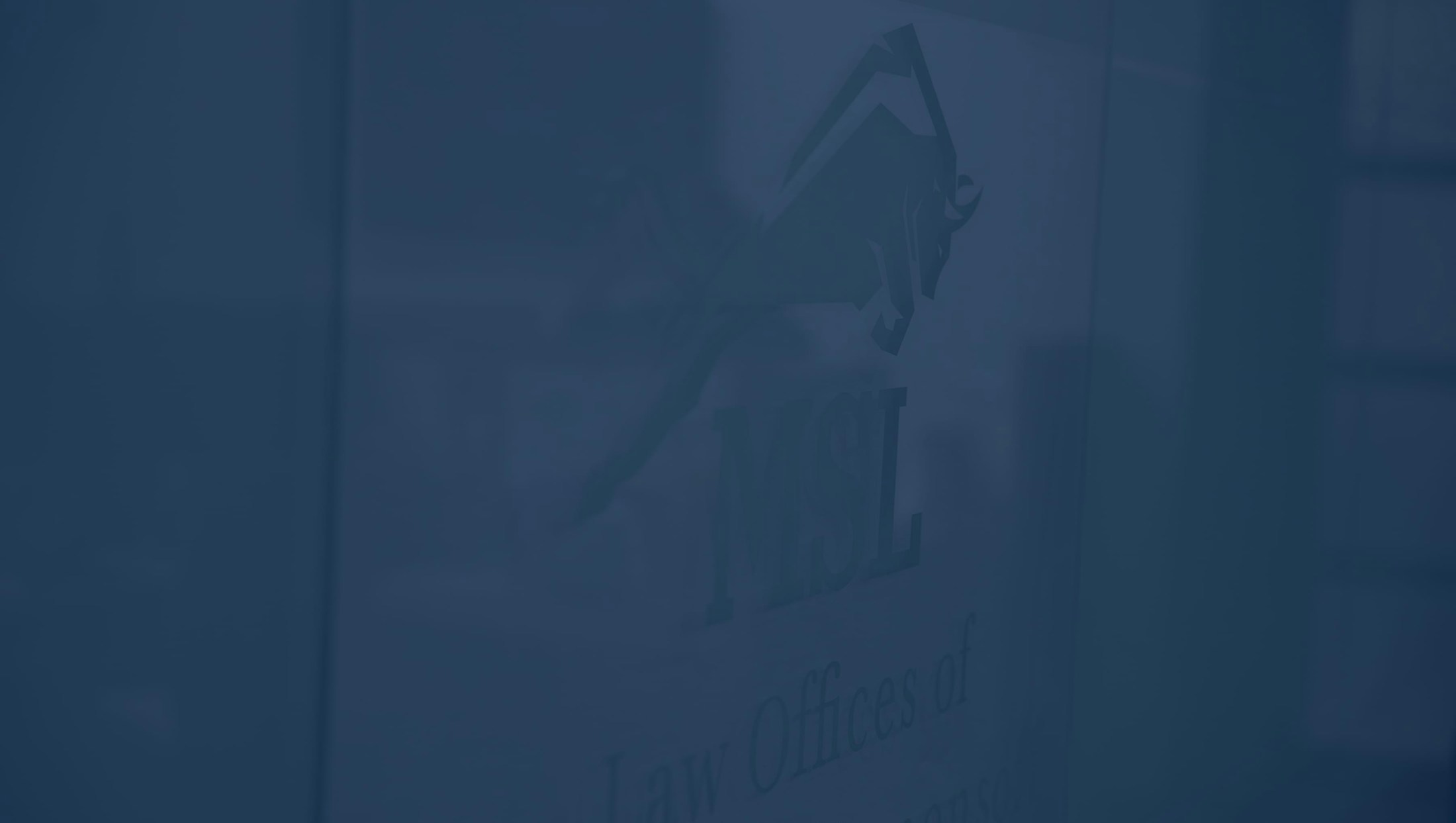Type of Evidence You Need to Prove Head-On Collision Liability of the Negligent Party
To establish liability in a head-on collision and prove the negligence of the other party, gathering and presenting various types of evidence is crucial:
- Accident Scene Evidence: Collecting evidence from the accident scene is vital. This includes taking photographs or videos of the vehicles involved, the point of impact, skid marks, debris, and any visible road conditions or signage.
- Surveillance or Dashcam Footage: In cases where the accident occurred near establishments or in areas with surveillance cameras, obtaining footage can provide objective evidence of the accident sequence and help establish liability. Similarly, if either party has a dashcam recording, it can provide valuable evidence.
- Police Reports: Obtaining a copy of the official police report is important. The report contains key details such as the officer's observations, statements from involved parties and witnesses, diagrams of the accident scene, citations issued, and preliminary fault assessment.
- Eyewitness Statements: Eyewitness testimonies play a significant role in proving liability. Statements from individuals who witnessed the accident can provide valuable insight into the events leading up to the collision. Their accounts can corroborate or dispute the negligence of the other party.
- Expert Witness Testimony: In complex head-on collision cases, expert witnesses may be called upon to provide professional opinions. Accident reconstruction experts, automotive engineers, or medical professionals can analyze the evidence, assess factors such as vehicle speeds, braking distances, and injuries, and provide expert testimony.
- Driver Statements: Statements from both parties involved in the accident are essential. These statements can be obtained through interviews, depositions, or recorded statements. Admissions of fault, inconsistent statements, or conflicting accounts can significantly impact the liability determination.
- Traffic Violations: Any traffic violations committed by the negligent party, such as running a red light, failing to yield, or speeding, can be strong evidence of their negligence. Gathering witness statements or surveillance footage, if available, can support these violations.
- Cell Phone Records: If distracted driving is suspected as a cause of the head-on collision, obtaining the other driver's cell phone records may help establish liability. Records can reveal whether they were using their phone, texting, or engaging in other distracting activities at the time of the accident.
- Vehicle Maintenance Records: Maintenance records can provide insight into whether the negligent party properly maintained their vehicle. If mechanical failures, such as brake or steering system malfunctions, contributed to the collision, these records can support the claim of negligence.
- Medical Records: Medical records documenting injuries sustained in the head-on collision are essential for establishing the extent of harm caused by the accident. These records link the injuries directly to the collision and support the claim for compensation.




